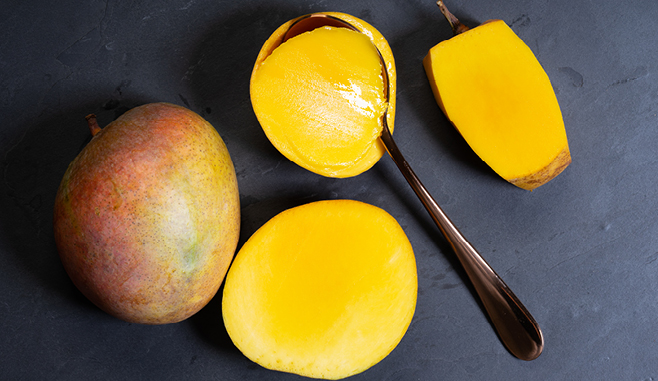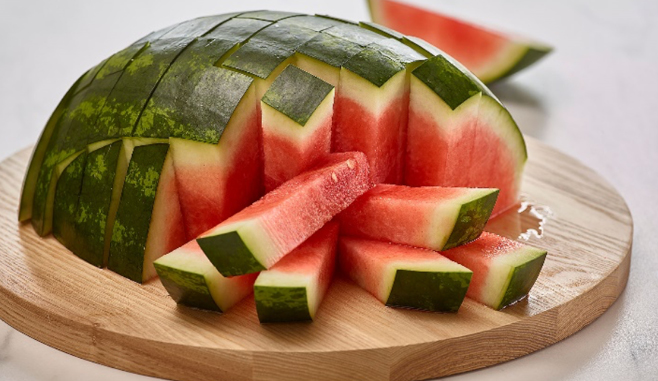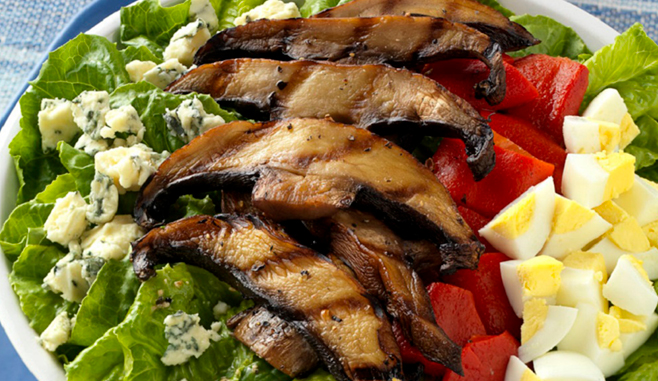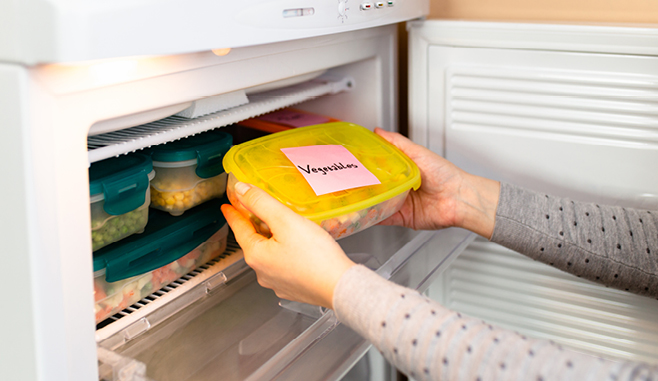
June 26, 2020
Here’s the scoop on fruits that you can eat by the spoonful!
There are quite a few fruits that can be easily eaten by cutting and scooping out with a spoon. Great for a snack or picnic/packed lunch item, cut the fruit before wrapping it up. Then, just be sure to grab a spoon!
Grapefruit is a large citrus fruit that can be cut in half to scoop out the slices (called “segments”). Using a spoon with a serrated front edge is best. They are full of nutrients like Vitamins A & C that may improve immunity and heart health. Some nutrients may interact with certain prescription medications so check with your pharmacist or physician before you eat or drink anything with grapefruit.
Kiwifruit are egg-shaped fruits known for their fuzzy brown skin and sweet-tart flesh. With only 70 calories, kiwis are a great source of potassium and fiber, plus twice the vitamin C of an orange. It’s a portable fruit that you can cut in half and scoop out with spoon. The skin is edible but most people just eat the green or golden flesh and tiny, edible seeds. Add kiwis to salads, smoothies, juices, or low-fat yogurt.
Mangoes range in color from green to yellow to red. Packed with vitamin C, mangoes are a good source of fiber and easy to enjoy. Cut the “cheeks” from either side of the large seed in the center. Take the cheeks and make slices in both directions to form cubes, then scoop away from the peel. Mangoes are available fresh, frozen, or dried, and are versatile enough to use in many dishes ranging from sweet to savory.
Passion Fruit is purple, red or yellow when mature, and shaped like an egg. The passion fruit is rich in potassium, and fiber, with only 16 calories per whole fruit. Slice it in half, then scoop out and eat both the seeds and pulp. Serve it in fruit salads, or with chicken, pork, or fish. Strain the pulp to use it in juices, cocktails, desserts, and sauces.
Which one will become the next adventure for your tastebuds?











